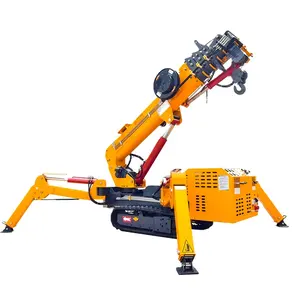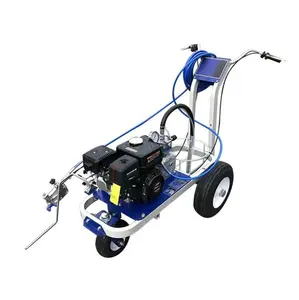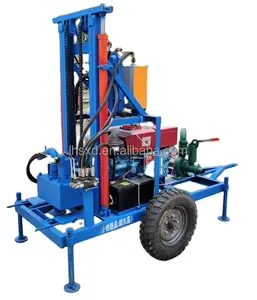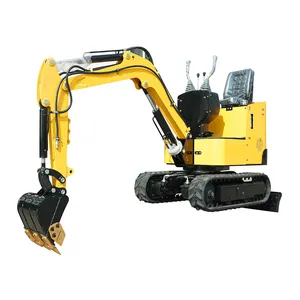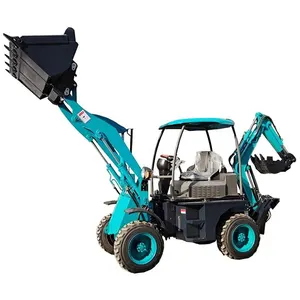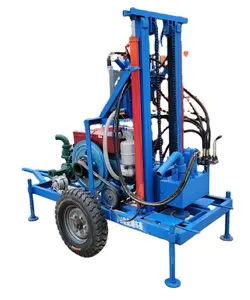Popular in your industry























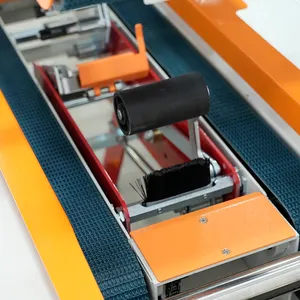













































Related Searches:
























































































































Top categories
About external casing packer
Introduction to External Casing Packers
External casing packers are specialized tools used in the oil and gas industry, primarily designed to facilitate the process of well completion and production. These devices play a crucial role in securing the casing to the wellbore and are essential for maintaining the integrity of the well.
Types and Materials
External casing packers come in various types, each tailored for different operational conditions and well specifications. Common materials used in their construction include alloy steel and carbon steel, known for their durability and resistance to high-pressure environments.
Applications and Features
The application of external casing packers is diverse, ranging from zonal isolation to protection against corrosive fluids. These packers are equipped with features that allow for effective sealing and anchoring, which are critical in preventing fluid migration and ensuring the structural stability of the well.
Advantages of Using External Casing Packers
Utilizing external casing packers in drilling operations offers numerous advantages, such as enhanced safety, improved well performance, and extended well life. Their robust construction minimizes the risk of wellbore damage and contributes to more efficient drilling processes.
Selection Considerations
When selecting an external casing packer, it is important to consider factors such as the downhole environment, well pressure, and temperature. The compatibility of the packer material with the geological conditions is also a critical aspect to ensure optimal performance.
Maintenance and Sustainability
Maintenance of external casing packers is straightforward, requiring regular inspections to ensure their functionality. Sustainability is also a key factor, as these tools are designed to withstand repeated use in harsh conditions, reducing the need for frequent replacements and minimizing environmental impact.
